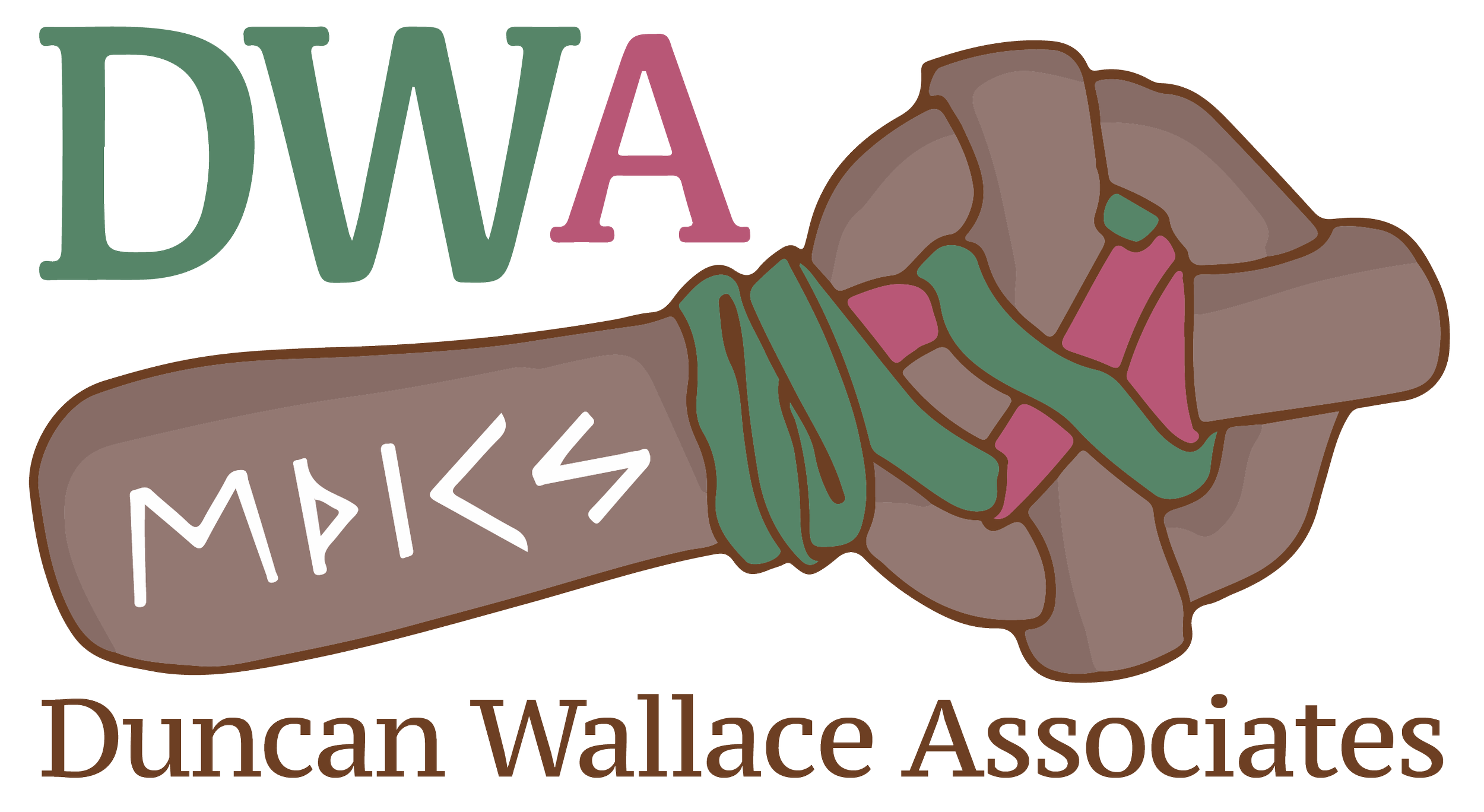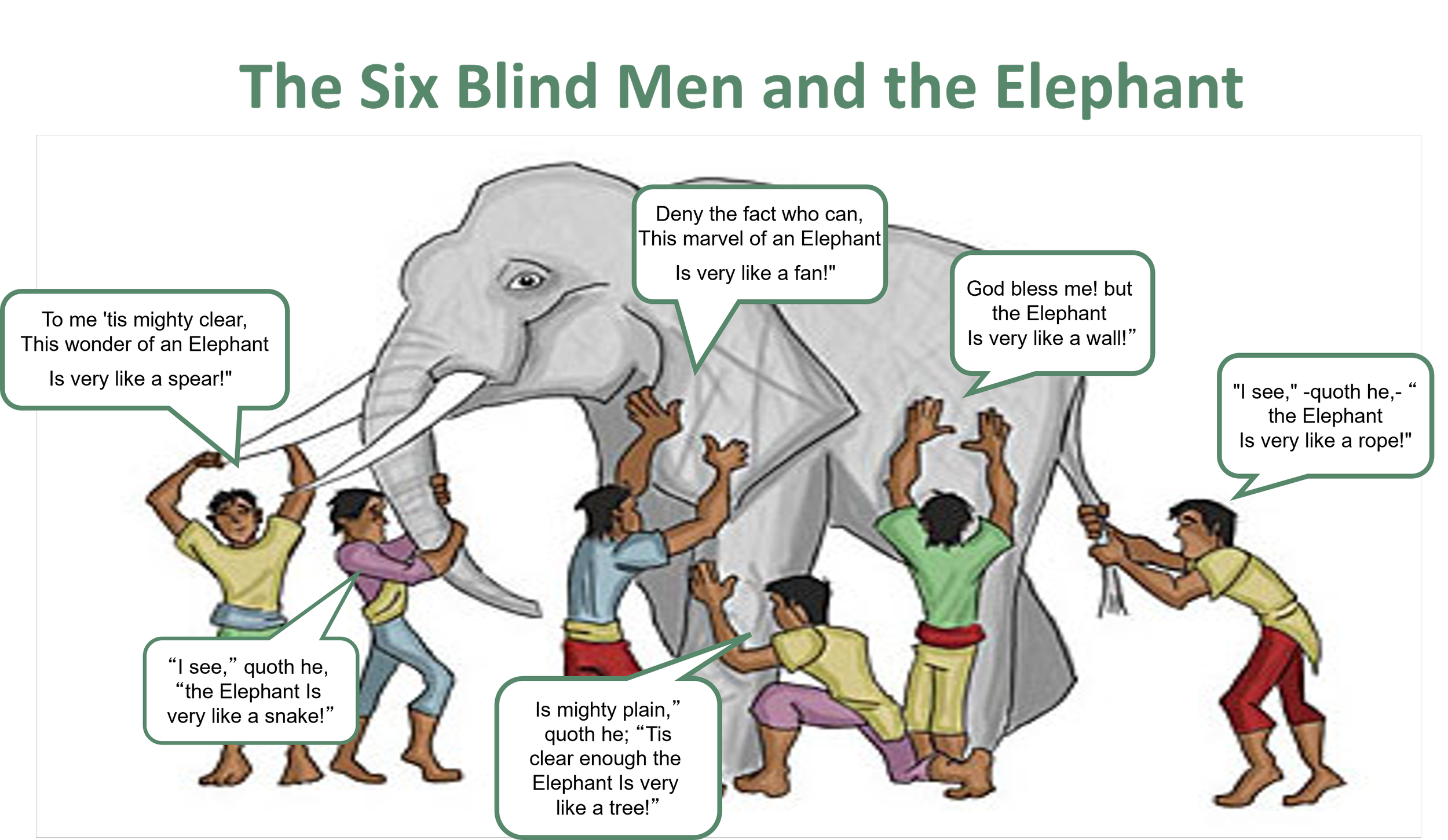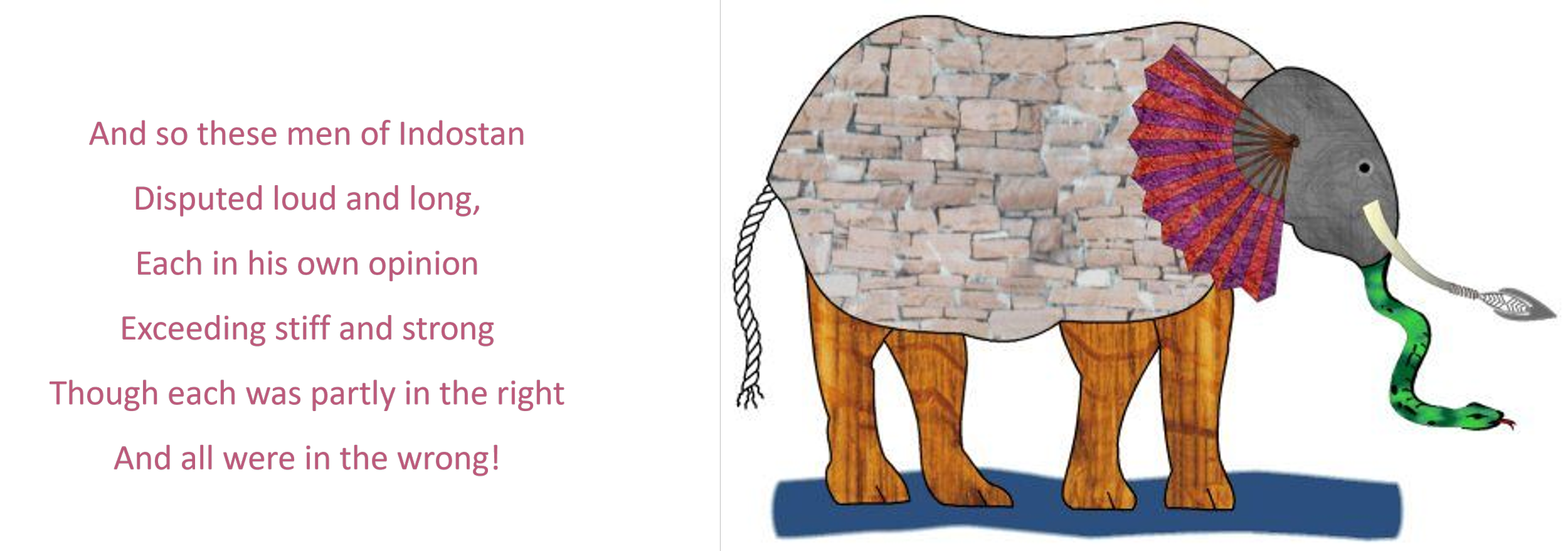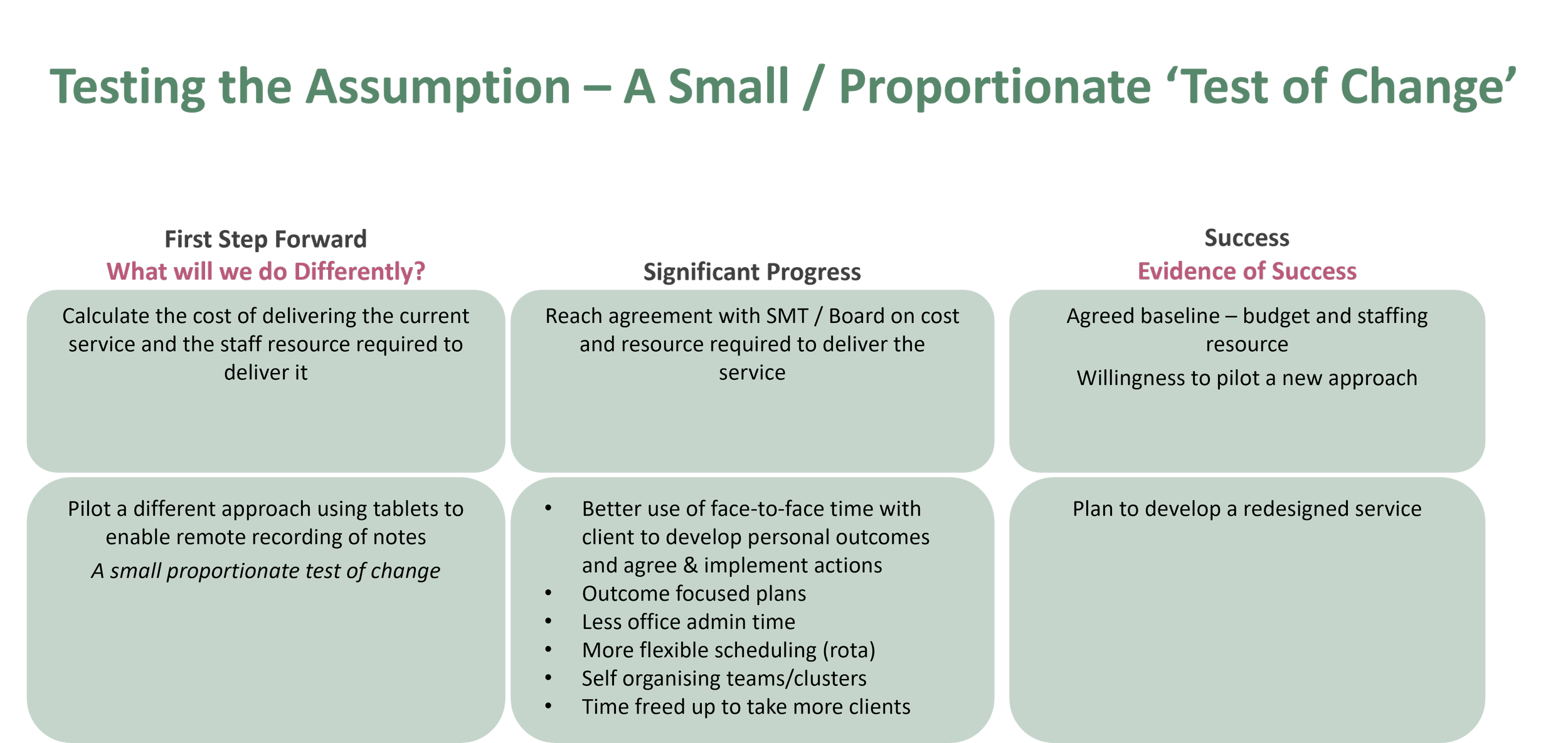Culture Change Tools - Immunity Mapping and Hybrid Working
Hybrid Working is a game changer for culture change in the future of workplaces. This article explains a really useful tool that I have used since 2007 for successful facilitation of deeply difficult issues involving culture change. I’ve also taught this tool to leaders as a way of ‘re-planning your strategy’ and ‘analysing how things go off piste’, which the pandemic gave us significant experiences of what we need to be able to handle. A healthy learning culture can be built using this tool.
The tool is called Immunity Mapping and I have been using it in culture change assignments successfully since 2007. It actually has been used in many of the programs and case studies that I have published in other of my blogs on this website.
It is a great way of developing insights about behavioural change in relation to the changes that you want to make your organisation or in your network, your systems – it's a deeply systemic tool.
What are Culture Change Tools? And what is Culture Change?
There is a lot written about cultures that is not very easy to interpret into tools, and what we often need the most is tools that you can do yourselves with your colleagues. Whereas a lot of the culture change specialist consultancies have software and fancy (expensive) processes, where you don’t necessarily see the assumptions that the tools are based on. In fact many tools have North American/European culture business bias in them and are not actually neutral in their assessments of your culture.
Anyway, we need to be able to see the culture in action - we need to be able to talk together about culture, without getting into a blame/interpretation battle with each other. This tool helps you see the culture in action and is a collaborative process of discussions that get more and more open and honest.
Mapping, enabling you to look inside the systems that you are a part of. To step back and then have a conversation about what you notice. Take this lovely mapping tool that i call the Tree Method, it helps you have categories as you map the behaviours of an organisation.
However Immunity Mapping takes this further.
Immunity Mapping actually gets you into mapping how the culture is responding to desired change, and planned strategy.
It is used to step back from complex change initiatives and to be able to look at what is getting in the way of strategic change, yet doing so while collaboratively searching for ways to get beyond what is hindering change.
Mapping Immunity to Change
Immunity mapping is based on the analogy that works very well which is that we all have immune systems for very good reasons.
We have immune systems to protect us from threats. Going through the pandemic has given us all a shared experience of threat that we want our immune systems to protect us against. This is why we have been so keen as a human species is having the vaccines injected into us to protect ourselves from the worst of the threat.
What we are doing in having a vaccine is trying out what would be called ‘a small test of change’ if this was all about culture change programs. By doing a small test, having a small dose of COVID-19 type substance, our bodies can begin to develop its particular immunity strengths to protect us in case we catch the disease. Then our body already has a stronger fighting chance against this particular virus and its various variants so that we can get back out into the world, mingling with others and pursuing our purposes.
Resistance is a Natural Reality…
Of course, we live with viruses all the time, COVID, HIV - humans have learned to live with them a whole variety of viruses as we have with bacteria’s. The questions these raise for us and our immune responses is how to resist infection but also work with the reality that change happens from just being in the world, being affected by the world around us.
Humans have also gone down the route of trying to eradicate all bacteria, only to find that we've caused more problems by cleaning everything with so many antibacterial that we now have super bacteria.
This point is useful, when applying this for lessons about culture change initiatives. Some leaders think that what should happen to create culture change is to zap it, smoother the bad cultures and try and force the systems and practices of the organisation to just accept a new culture….
Which is partly why it is well researched that 75% of culture change initiatives and most change initiatives don’t work.
You can't fight nature with some sort of idea of wiping it out. That's the same truth about you can't fight behaviours in some sort of forever fights - which war has ever been won?
Peace-making is the science of being strategic, war is the science that goes ‘whoa, I don't like that, must fight against it, must do more, send another arsenal, send more troops do something else, must resist’.
With culture, we are like the poem ‘The Six Blind Men from Indostan’ - we each think we have a handle on the culture, we argue, we fight, yet as the poem says.. we are all wrong, yet all partly right.
The Blind Men of Indostan Wisdom Poem
So lets look at why Immunity Mapping Is an Analogy so useful for culture change.
Let's look at the analogy immunity system. If you were to need a triple bypass, you would be doing that under surgical conditions and you would not meet all the people who are going to be in the surgery before - you'll meet a few of them:
The anaesthetist will meet you and they will ask you about all your likely understanding (and it is understanding), of your own reactions to medicine so that they can plan the best way of anaesthetising you, so that they can plan the best way of waking you up afterwards as you don't want to go through that surgery awake.
The surgeon, of course, will ask their questions, but generally they don't have many questions because they just use knives and they are well trained.
When the surgery is over, the anaesthetist will gradually wake you up but they will be monitoring every breath you take and every way by which you are waking up.
Of course, if you don't wake up on the planned routes, according to the gas mixture that you have had or whatever else you've had, then they will try some other things, they have the best of science. In fact, an anaesthetist is often better trained than some of the doctors to deal with you, because they have to do further training beyond their basic doctor training about how all the gases interact. They have access to planetary wide data about how humans have reacted to the gas mixture and therefore, they can contact anyone around the planet who shares the same science space and go ‘this is not going as we thought, what do we do?’
Monitoring Culture Change
Monitoring is really important in changing organisational culture, just as it is vital in successful recovery from a triple heart bi pass, or in economic recovery from a pandemic. At the individual level (such as with a triple bi-pass recovery) it is vital because you are a particular unique human and it might not always go the way we expect, your body is unique, even though the anaesthetist and their science has studies millions of bodies like yours. At the organisational level monitoring culture change initiatives is vital because we are human systems each organisation has it own peculiarities, its strengths and weaknesses. And very often the real strengths and weaknesses of an organisation are in the intangible factors, in the culture. (best definition I have for culture is ‘the way things are done around here’.)
So you would be very foolish (and many are) to initiate a culture change project and not set up a long term monitoring and feedback group. This tool is ideal for that sort of group and process.
How the Immunity Mapping Tool Looks
Immunity Mapping does - it enables you to re-study something that you wanted to happen - BUT you actually have an immune system in your organisation somewhere that is rejecting the very thing that you want to happen.
Education example from the Immunity Mapping Book
It is time for humility and it's a very humble tool, searching for all the things that you are getting up to (and I'm talking the collective you in the English language) and what the organisation is getting up to that is not in line with the change.
In example 1 - you can read an Immunity Map that shows a real education institution who were strategically committed to raising the attainment levels of a particularly underperforming part of their student base. A type of students who generally don’t believe they can achieve much anyway. (Column 1)
So the institution did their best.. or so they thought.
Until one day when doing the immunity mapping process they realised that they weren’t doing everything. (Column 2) In fact some things they were doing were going against raising the attainment level of these students. (- Column 3)
What they then needed to do was then follow the evidence, with humility and curiousity and work out how come they aren’t doing everything? What is stopping us? (Column 3) What do we fear?? What are we all assuming? (Column 4)
Immunity Mapping Tool in Health and Social Care Pre Hybrid Working.
Example Immunity Map Health and Social Care
In this second example you can see a different type of list, where you can see in column 2 a much longer mixture of behaviours that the senior managers of this large social care organisations confessed to each other when working together in 2014. None of which is about blame. Column 2 is simply about being open and honest enough to put down what is really happening which actually isn’t in line with the collective commitment.
Things happen, things get in the way. We all know there are pressures and competing commitments. Yet this tool gets beyond the surface to help you look into the culture in action and see what are the ‘hidden’ competing commitments and the assumptions that join up all the first 3 columns. Then your are on to gold dust.
The heart of all Culture Change Tools.
As we know from the triple heart bypass example, getting to the heart of things is vital…
At the centre of all culture change that works is a deep understanding of what is called the social-technical system.
Health and Social Care Example First Steps Re-Planning
My process is about the social technical system, the social system, the humans and the way humans are configured in forming, storming, norming teams and groups that play in and out of groups. At the same time is the technical side, realities such as the structures of hierarchy, as well as the ICT systems, finance systems, projects and development systems. But humans are strange, and we have all sorts of conscious and unconscious drivers that make up our reasons for work.
In the green chart here you can see an example of how the Health and Social Care organisation set about to test what would really make the change initiatives really work. This is the work of re-planning the initiative in the light of what you are learning about the immunity system of the organisation.
Just look at this simple diagram that I created which sets out the 8 different types of motivations that can sit behind out contract with an employer.
So when this is combined, in the territory of making things really work well, we are into a measure of technical change, together with a measure of adaptive change. The tool of Immunity Mapping helps bring these together.
So, why am I doing this article now? 2 reasons
First reason - Hybrid Working is a game changer in all organisational culture.
The fact that most of us are adopting flexible working patterns of where we do our work from is the single biggest shift in the global economy that we are all going to have to get used to.
Like when we shifted to almost all of us working from our homes, locked in, and locked away from our places of work. We are now free to choose and most businesses in most sectors and most professional levels are experiencing very high shifts where staff and managers want to deliver their work from. Just read this Office of National Statistics data from different industries in 2022.
In the workshops me and my associates have been doing about hybrid meetings in 2022/23, we have asked hundreds of different types of businesses how mature their practice is about hybrid working, using a scaling question.. You can see in this diagram from mid 2022 how much work there is to do about creating effective hybrid working culture.
Second reason - we need to save the planet - which needs us to travel less for business and embrace hybrid working
Climate change - I'm on the board of Friends of the Earth Scotland and I am a very experienced governance member who has been on boards since I was 18. In my work consulting and regulating the governance structures of public bodies for the Ethical Standards Commission (read my article here) and in my conversations with peers at the Institute of Directors (read another of my articles here), I know that the way we do governance meetings, and all of the way that national organisations are going are using hybrid meetings, yet all need to get better at making it work for both types of participants (remote and in-person). Professionals are travelling less for work and want to do so… yet this is a simple yet important culture change for all of us in how our organisations, networks and partnerships work.
Culture change projects very often are considered and should be led from the CEO/Board and senior levels of organisations, with external support.
I have led social enterprises, I have founded social enterprises - some of them have been big £4 million turnover per year, some of them have been small like the Fairtrade shop in the middle of Princes Street in Edinburgh that takes no government subsidy, and some of them have been medium, like the one I founded in Glasgow - and those are just the ones I founded. I know culture change is not easy, yet I also have (and continue to) successfully facilitated major change with many organisations over the last 25 years.
Get in touch for Culture Change conversations, including the shifts affected by Hybrid Working conditions.
Meantime, I hope this introduction to this powerful tool called Immunity Mapping stimulates good conversations.







